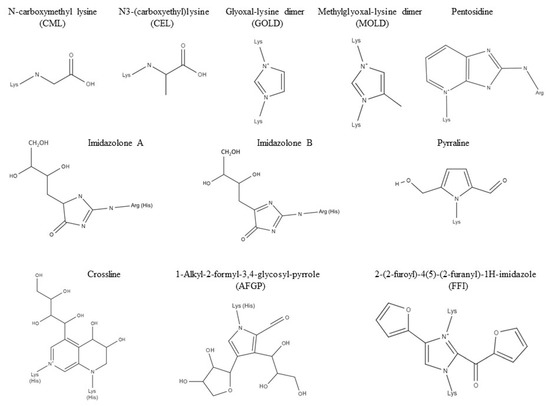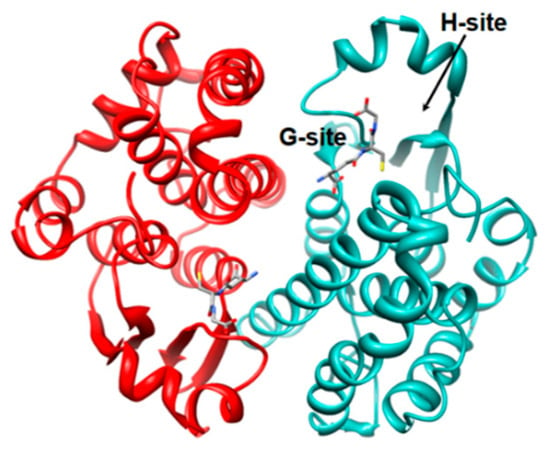Nutrients 2019, 11(8), 1749; https://doi.org/10.3390/nu11081749 - 30 Jul 2019
Cited by 16 | Viewed by 4449
Abstract
►
Show Figures
The aim of this research was to estimate the preventive effects of filbertone, the main flavor compound in hazelnuts, on lipid accumulation in the adipose tissue of mice fed a high-fat diet (HFD) and to reveal the underlying molecular mechanisms. Male C57BL/6N mice
[...] Read more.
The aim of this research was to estimate the preventive effects of filbertone, the main flavor compound in hazelnuts, on lipid accumulation in the adipose tissue of mice fed a high-fat diet (HFD) and to reveal the underlying molecular mechanisms. Male C57BL/6N mice were fed chow, a HFD, or a 0.025% filbertone-supplemented HFD for 14 weeks. We found that filbertone supplementation resulted in significant reductions in body weight gain and lipid accumulation in adipose tissue, with parallel improvements in plasma lipid levels (triglycerides, total cholesterol, and free fatty acids) and proinflammatory cytokines (interleukin 6 (IL-6) and tumor necrosis factor alpha (TNF-α)). Molecular analysis revealed that filbertone treatment led to reprogramming of metabolic signatures in the cyclic adenosine monophosphate (cAMP) pathway. Filbertone supplementation significantly increased the cAMP level and increased downstream protein kinase A catalytic subunit (PKA) signaling in mouse adipose tissue. The mRNA level of adipogenesis-related genes was downregulated in the adipose tissue of filbertone-fed mice compared to control mice fed the HFD alone. Furthermore, filbertone treatment elevated the expression of thermogenic genes in mouse adipose tissue. Filbertone reduced intracellular lipid accumulation and increased the oxygen consumption rate in 3T3-L1 cells and these filbertone-induced changes were abrogated by the adenylate cyclases (ADCY) inhibitor. Taken together, our results suggest that the beneficial effects of filbertone on lipid accumulation may be associated with the activation of cAMP signaling.
Full article







